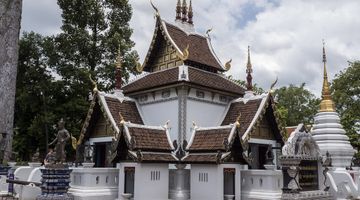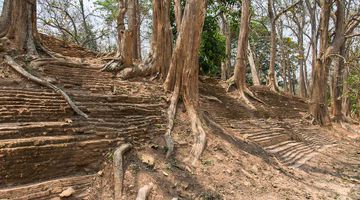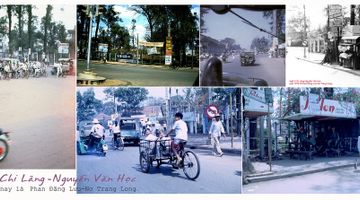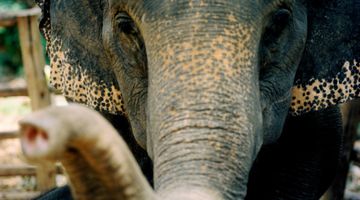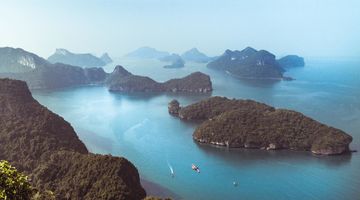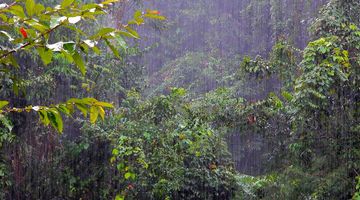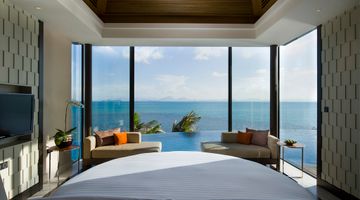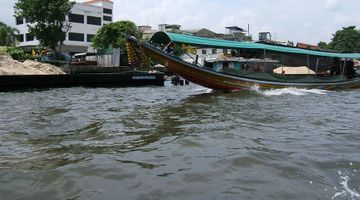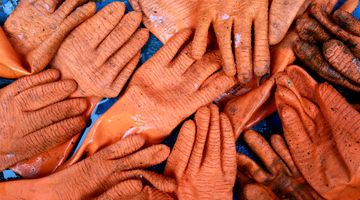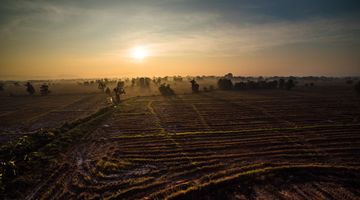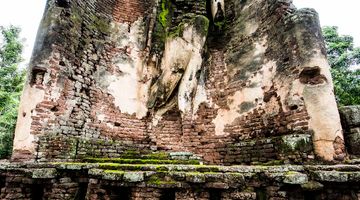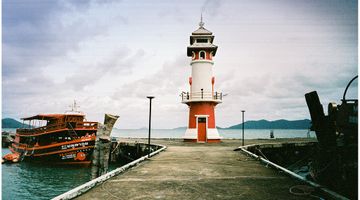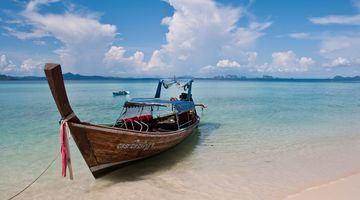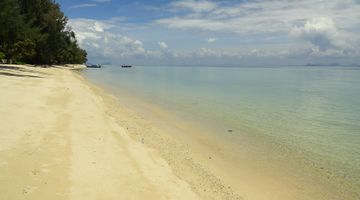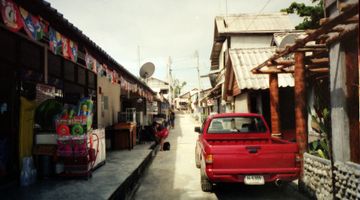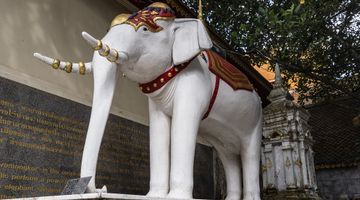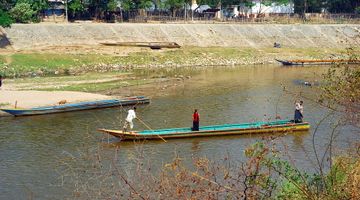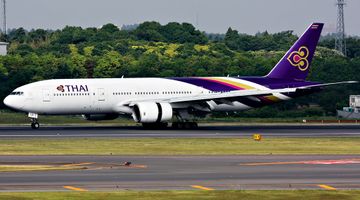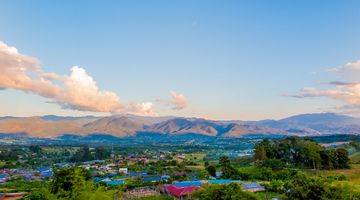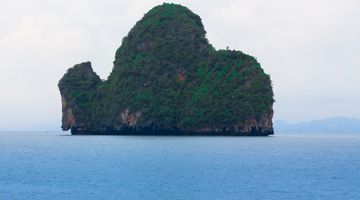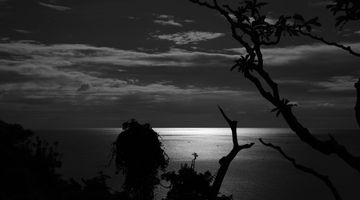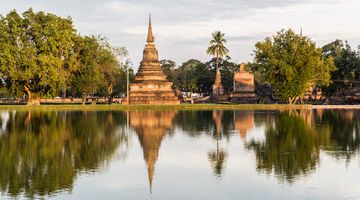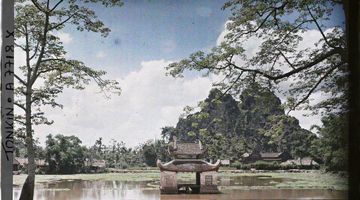Phayao Travel Guide
In a nutshell
A beautiful small city set on the eastern side of a nice lake, Phayao is the capital of the province with the same name located in north of Thailand, bordering Laos and Chiang Rai province.
Why go to Phayao
Despite being almost completely unknown to western tourism, it is quite a popular destination for domestic visitors, who come here for a few relaxing days in a wonderful natural setting, away from the hordes of backpackers visiting the neighbouring provinces any time of the year.
Phayao has a long history; established in 1095 it became the centre of a small state which succeeded somehow to remain independent until the 15th century when it became part of the Lanna Kingdom which was ruling over the north of Thailand at that time. Phayao became an independent province only in 1977 – until that it had been a part of Chiang Rai province.
The town is a great spot to stop for a couple of days while travelling in the region, with a few temples and an interesting museum easily reachable via a short walk from the lakefront. There are many restaurants and bars to hang out in a relaxed atmosphere, too. Sitting on the main route to Chiang Mai and Chiang Rai, the town is well connected by bus with the rest of the country.
The province features several attractive natural parks and the little town of Chiang Kham, one of the last places where the traditions of Thai Lue people are still alive, is quite close.
When to go to Phayao
With temperatures a bit cooler than in the southern provinces, a visit to Phayao province is pleasant all year round. The rainy season, running from May to October, is not a reason to stay away from Phayao – storms can happen on a daily bases but normally last not more than a couple of hours. Try to avoid the period between August and October though if you’re too concerned about the rain.
The dry season from November till February is considered high season, so expect to find a lot of tourists especially during weekends.
The Yi Peng and Thai Lue Festival in November combines Loi Krathong, the lantern festival celebrated all around Thailand and particularly spectacular with the lake setting, with a more local affair focused on traditions and culture of Thai Lue ethnic group. Make sure you don’t miss it if travelling in the province at the right time.
Where to stay in Phayao
The lack of western tourism makes the standard of accommodation in Phayao quite different from the rest of Thailand. Few guesthouses can be found close to the lakefront but they’re definitely overpriced for what they offer. It’s pretty impossible to find anything decent for less than THB600, even if sometimes – especially if visiting during the week in low season – you could be able to obtain a slightly better deal.
To save some money and sleep in a better room, moving a few hundred meters away from the lake helps a lot. Hotels in anonymous concrete buildings will usually surprise you with quite modern and well-appointed rooms. Totally absent at this time any digs in the upscale market. Reservation is recommended during weekends in high season or public holidays only, but even in those periods finding a room in town will not be a big deal.
Where to eat in Phayao
A large night market is everything that street food lovers need to keep them happy for a night or two in town with plenty of different choices and everything coming cheap and tasty.
The more touristy lakefront road will offer you several restaurants and pubs to try local fish and to spend the evening with few cold beers, live music and great views over the lake. A few places around town offer traditional Northern Thai cuisine while several cafes are ideal for breakfast with some good coffee and home-made cake. Western food options are limited to French fries, chicken nuggets, decent pizza and horrible pasta.
How to get around Phayao
The city centre with the lakefront and the main attractions is quite compact and easy to be covered on foot. Almost all the hotels are found inside this area and you’ll hardly need to hire a motorbike taxi (which are available anyway) when moving around town.
To get to the opposite side of the lake (you can circumnavigate it all by yourself – it is quite a pleasant 30 km loop) you can hire a bicycle in many places in town (THB100 for a day).
Even if there are no shops to rent a motorbike, many guesthouses will be able to find one for you, but keep in mind that it is nothing official, and there will be probably no insurance covering the bike.
How to get to and from Phayao
The bus station is conveniently located in the northern part of the city centre, less than a km away from the lakefront. If you don’t want to walk, a motorbike taxi will take you to your hotel for less than THB50.
Several buses from different companies depart every day from Bangkok’s Morchit Bus Terminal to cover the 11 hours trip to Phayao with rates starting from THB450. Choose one of the overnight buses that will drop you off in town at around 9.00am with plenty of time to find a hotel and chill out and rest by the lake for the rest of the day.
If you want some extra space for your legs, the VIP bus by Sombat tour leaving from Bangkok at 8.00pm will cost you THB750.
Frequent buses connect daily Phayao with Chiang Rai (2 hours, rates start from THB60) and Chiang Mai (3 hours, rates star from THB110).
Other long distance destinations available directly from Phayao are Khorat, Khon Kaen and Udon Thani in the North-Eastern provinces, or Mae Sai on the border with Myanmar.
The bus station is also the place where public songthaews depart for regional destinations; one routes connects Phayao to Chiang Kham – in case you don’t have your own transport. Departures are frequent all day long.
Is Phayao a safe place to visit?
In town the normal common sense will be enough to keep you away from any trouble and the friendly locals, still not so much used to foreign visitors, will be happy to help you in every situation.
As everywhere in Thailand, be extra careful when renting a motorbike, always wear a helmet and don’t exceed with the speed.
A hospital is located in the north of town – ok for minor injuries, but for anything serious moving to Chiang Mai is recommended.




